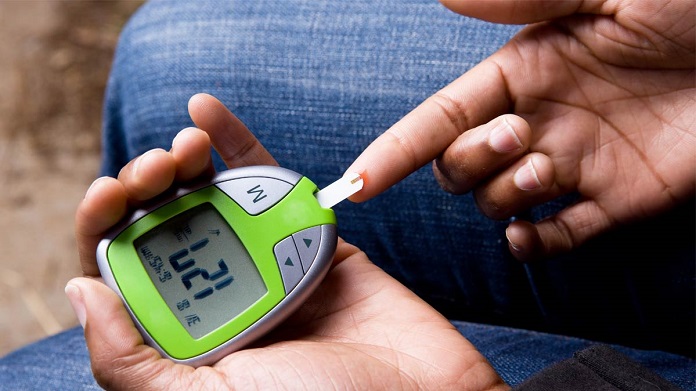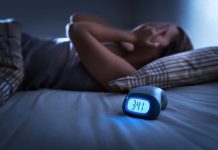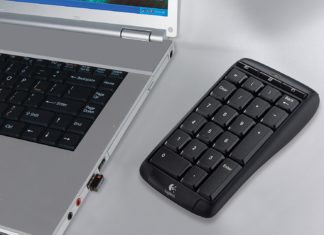
Diabetes is a complex health condition that can have a significant impact on the quality of a persons’ life. Currently, there is no cure for diabetes, but life doesn’t stop here. You can still live a normal life by learning how to manage it. When it comes to keeping your diabetes under control, using a blood sugar monitor is a must. Regularly checking your blood sugar levels is crucial for making sure your health is in optimal condition and using a glucose meter is the fastest and easiest way to do that. However, not all devices are made the same, so when browsing the range of blood sugar monitors, make sure you keep the following few features in mind.

There is a very good reason why this feature is first on the list. Your blood sugar readings will affect your diet choices and insulin doses which means the device should be able to provide you with the most accurate reading possible. Each one of the wide range of blood sugar monitors on the market has different accuracy and different technology, which means that the blood sugar readings can vary from one device to another. The variations in the proportion of red blood cells in your blood, the manufacturing variability and the environmental conditions, such as temperature and altitude, are some of the biggest factors that can affect the accuracy of the device.
Design
The design of the glucose meter goes hand in hand with its functionality. The latest models feature modern designs and can be found in different sizes and shapes, so there is certainly a blood sugar monitor out there that will perfectly suit your needs and lifestyle. When it comes to this, it’s a good idea to consider a few things – do you want a monitor that is large enough so you can hold it easily or you want something more discreet? Are the numbers large enough for you to read them and does the display make it easy for you to view the results at night or in dim lighting?
Blood sample size
Different glucose meters require a different size of the blood sample. Choosing a glucose meter that requires a larger sample may be a bad choice if you have poor circulation or other health issues. Also, it can lead to an increased number of wasted test strips and error readings in case you are not able to get a blood drop that is big enough. So, choosing a device that requires a blood sample in a micro-size may be a better choice and more comfortable to use.
Ease of use
You probably don’t want to buy a device that’s too complicated, requires coding or it takes too long to read. The blood sugar monitor you choose should be easy and simple to use. Therefore, before making your final buying decision, ensure you feel comfortable with the technology and design of the device. Also, check for some other helpful features such as hyperglycemic and hypoglycemic alarms, testing reminders, etc. A glucose meter that is simple to use and is rich in features will certainly make testing your blood sugar levels a piece of cake!















